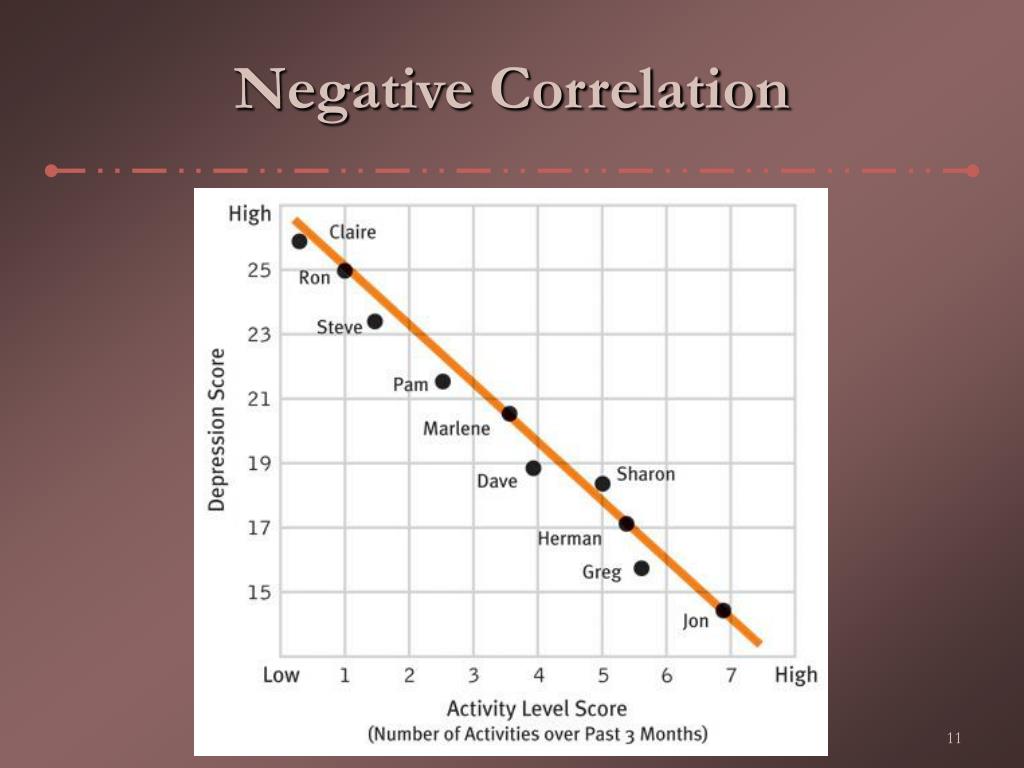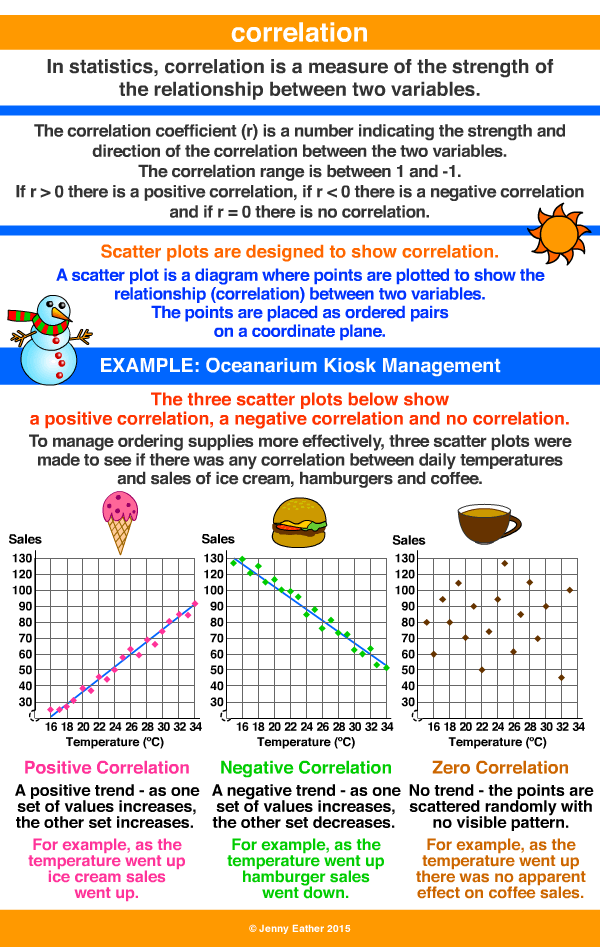

Reviewing the following questions and answers can help you learn more about correlation and causation: How do you measure correlation? With correlations, adjusting one variable typically doesn't affect the other, and identifying related variables typically offers the confidence to check for a causal link. Similarly, if it discovers that they're only correlated variables, it might look for the third variable that affects the department's productivity and company sales. It may seek to adjust the productivity to generate more revenue. For example, suppose a business identifies a causal relationship between a department's productivity and overall company sales. Knowing the difference between these terms can help your decision-making. Why learn the difference between correlation and causation? Sleeping for a few hours might make people drink more coffee, or drinking more coffee might impact the number of hours slept. While a relationship exists between these variables, it's generally unclear which one causes the other. For example, many studies examine the amount of coffee consumed daily and the number of hours an individual sleeps each night.

This challenge occurs if a relationship exists between two variables, but you may not make definitive conclusions on what variable changes the other. Read more: Types of Variables in Statistics and Research (With FAQs) Directionality problem Instead, hot temperatures often affect both variables. This means that a relationship exists between them, but these variables don't have a causal link with each other because ice cream sales don't change crime rates. For example, in a certain study finds a correlation between ice cream sales and crime rates in an area. This means that a third variable may affect independent and dependent variables and make them seem causally related when they're not. Here are the reasons for this assertion: Third variable problem This means if two variables relate to each other, it doesn't necessarily mean that one causes the other. These terms differ because correlation doesn't always imply causation. How is correlation different from causation? Correlation is similar to causation because both terms define a link between variables. In this case, the number of ad campaigns is the independent variable and brand awareness is the dependent variable. For example, the number of ad campaigns a company designs directly affects its brand awareness. This describes a cause-and-effect relationship. For example, there's no correlation between the amount of coffee an individual drinks and their intelligence.Ĭausation indicates that one event or variable can produce an effect on another.

Zero correlation: This occurs when there isn't any relationship between variables. For example, an inverse relationship exists between a car's speed and a driver's travel time because decreasing the speed generally increases the time to reach a destination. Negative correlation: Negative correlation occurs if variables move in opposite directions on a graph. For example, this relationship generally exists between a child's growth and clothing size. Positive correlation: Positive correlation occurs if variables move in the same direction on a graph. Here are the different types of correlation: If you notice a relationship between them, you can conclude that they're correlated variables. For example, suppose hours worked and income earned are two variables you're investigating. In data analysis, correlation is a statistical measure describing whether a relationship between variables exists and to what extent. causation, it can help to first review their definitions: What is correlation? causation, describe how these terms differ, explain why knowing the difference is important, answer frequently asked questions, and share helpful examples. In this article, we discuss the meaning of correlation vs. Knowing the difference between the two terms can help you better understand variables and guide your investigations. While they both describe associations between variables, correlation differs from causation. Correlation and causation are two important topics in math, research, and data analysis.


 0 kommentar(er)
0 kommentar(er)
